Q&A: CapRock Partners on Western Industrial Trends
Taylor Arnett and Bob O'Neill discuss navigating opportunities and uncertainties.

(From left to right) Taylor Arnett and Bob O’Neill. Images courtesy of CapRock Partners
High interest rates, persistent inflation and ongoing geopolitical disruptions have intensified the focus on operational resilience and strategic capital deployment. How do industrial real estate developers and owners navigate risk and opportunity amid such macroeconomic and geopolitical uncertainty?
Commercial Property Executive put that question to Taylor Arnett, CapRock Partners’ senior vice president of acquisitions, and Bob O’Neill, executive vice president of acquisitions. They shared in-depth insights about the state of the industrial real estate market in the Western U.S. Since 2009, CapRock has acquired, developed and entitled more than 33 million square feet in Western and Central industrial markets.
How do you see tenant demand evolving in 2025, especially in infill vs. exurban industrial locations?
O’Neill: One of the pronounced trends CapRock Partners is seeing throughout our portfolio is the growing divide in tenant demand between infill and exurban locations. Across the Western and Central U.S., tenants are showing a strong preference for infill industrial assets, which are located closer to urban cores, established infrastructure and concentrated labor pools. These locations enable faster delivery, more predictable logistics, and improved access to skilled workers, which are mission-critical in today’s environment.
In Phoenix, for example, in the fourth quarter of 2024, the Southwest Valley accounted for roughly 90 percent of market net absorption, with more than a dozen leases signed for spaces over 100,000 square feet. Phoenix’s population growth and infrastructure investments have strengthened tenant confidence in infill areas. We expect this momentum to continue throughout 2025, largely insulated from national economic volatility.
Arnett: California’s Inland Empire tells a similar story. While the broader market has seen a rise in vacancy, the Western industrial market, particularly the more urbanized submarkets, has experienced tightening conditions. The imbalance highlights how tenant demand is gravitating toward locations that balance cost with proximity to key transportation corridors and Foreign Trade Zones.
Over the past few years, Las Vegas has shifted from an undersupplied to an oversupplied industrial market, giving tenants more choices and prompting a “flight to location.” As a result, the Southwest submarket continues to see steady demand from users seeking well-located, workforce-adjacent space. In contrast, exurban areas such as North Las Vegas and the APEX Industrial Park are experiencing slower lease-up despite offering newer product and lower rents. The tradeoff, which includes greater distance from labor, limited infrastructure and extended delivery routes, has caused many tenants to hesitate.
That said, larger users with limited options in the Southwest are increasingly exploring North Las Vegas and East Henderson to meet their space requirements.
What impact will fewer construction projects have on rental rates and vacancy in 2025?
O’Neill: Muted construction starts in 2024 are serving as a pressure valve for the Western industrial real estate market in 2025. With a tightening in new supply, we’re seeing a gradual shift toward equilibrium across several Western U.S. industrial markets, with notable variation based on local fundamentals.
In the Inland Empire, the development pipeline has slowed, but vacancy has continued to rise due to a wave of recent industrial completions coinciding with more cautious tenant activity. While this has placed temporary downward pressure on rents, the market’s long-term fundamentals remain among the strongest in the nation. Once absorption catches up and the space delivered in 2023–2024 is leased, we anticipate sharp rental rate escalations, driven by persistent tenant demand tied to proximity to the ports, access to a massive consumer base and strong transportation infrastructure.
The Phoenix MSA presents a different picture. While construction has slowed, the market entered 2024 with a sizable amount of speculative inventory in the pipeline. As that space continues to lease up, we expect rental rates to hold relatively steady in 2025. Phoenix remains a top destination for regional distribution due to its business-friendly climate, modern infrastructure, growing labor pool and proximity to major Western metros.
READ ALSO: U.S. Industrial Market Outlook – April 2025
Arnett: Las Vegas is likely to experience short-term volatility following a period of significant speculative construction that has resulted in market oversupply. While demand remains steady, the abundance of available space is expected to lead to elevated vacancies and downward pressure on rents throughout 2025. This environment will also bring a return to more traditional pricing differentiation between submarkets such as North Las Vegas, Southwest and Henderson, where rental rate spreads had previously compressed during the peak of pandemic-driven demand.
How has the size of the industrial market changed, particularly in the Southwest?
O’Neill: Over the past several years, the geographic footprint of industrial markets in the Southwest has transformed both in scale and complexity. Across the Western region, tenant demand, infrastructure investments and macroeconomic forces have driven significant expansion beyond traditional core submarkets, extending the reach of industrial market activity.
In Phoenix, the pace of growth has been especially pronounced. This market added 54.7 million square feet of new industrial product over just seven quarters, underscoring its emergence as a national logistics hub. Developers delivered large-scale projects in historically underbuilt areas, particularly in the West Valley, where land availability and proximity to California make it a magnet for institutional capital.
In the Inland Empire, geographic expansion has moved eastward and into the High Desert. While infill submarkets remain land-constrained, new development in areas such as the Inland Empire East and High Desert corridors is opening up more capacity. These locations offer relative affordability and access to the Southern California ports, appealing to a wide spectrum of users and investors.
Arnett: Las Vegas is also undergoing a notable transformation. Despite limitations on developable land, industrial growth is extending to both the north and south ends of the valley. The APEX Industrial Park has become a focal point for large-scale development, as users look beyond the core for opportunities to access the region’s labor pool and transportation infrastructure.
What types of industrial projects are in your current development pipeline?
O’Neill: In Phoenix, CapRock is strategically evolving its development approach by shifting focus from exclusively large-scale “mega-box” facilities to smaller-format industrial buildings designed for a broader range of tenants. Demand remains strong from midsize and regional users who prioritize flexibility and speed to occupancy. This pivot positions CapRock to better serve Phoenix’s increasingly diverse tenant base and accelerate lease-up across key submarkets.
Arnett: In the Inland Empire and coastal markets, CapRock remains highly opportunistic for all land sites with a particular focus on motivated sellers willing to meet current market pricing. Given this market’s strategic importance as a national logistics hub, we continue to explore both speculative and build-to-suit opportunities. Each land site is evaluated individually, with priority given to well-located projects that can accommodate large-scale logistics users.
In Las Vegas, our development strategy is geared toward large-format distribution centers. We see a gap in the market for 1 million-square-foot buildings, and our focus is on meeting the needs of major users seeking this type of space. The Las Vegas industrial market continues to attract regional and national occupiers, yet lacks existing supply that can accommodate these large-scale operations.
How do you identify value-add opportunities in the current industrial market?
O’Neill: In today’s evolving industrial real estate market, identifying value-add opportunities requires a combination of on-the-ground insight, tenant-focused repositioning strategies and disciplined investment underwriting. CapRock Partners prioritizes location, functionality and rent growth potential, particularly for assets where near-term lease roll offers the ability to mark-to-market based on current demand.
We actively seek out underperforming assets with strong fundamentals, including properties with deferred maintenance, outdated layouts or low clear heights in otherwise desirable submarkets. Our team embraces complexity and takes a hands-on, solution-oriented approach, whether through heavy renovations, break-up strategies, excess land development, owner-user sales or equity recapitalizations. We focus on the intersection of tenant demand and functional obsolescence, targeting assets where modest capital investment can unlock meaningful value.
Arnett: A recent example is our acquisition of 55 Vista Boulevard, a 117,000-square-foot warehouse in Sparks, Nev. While functionally sound, the property offered opportunity for operational and aesthetic improvements to enhance marketability and performance. This investment expanded CapRock’s Northern Nevada footprint to more than 5 million square feet.
Across all value-add projects, we stay closely involved throughout the asset life cycle. Local knowledge, hands-on asset management and a commitment to thoughtful capital deployment are what guide our approach. We’re aligning our strategy with how tenants operate and grow in today’s industrial landscape.
What role does institutional capital play in industrial real estate today?
O’Neill: Institutional capital continues to shape the industrial real estate market in a meaningful way. Steady allocations toward logistics assets have fueled development, elevated asset pricing and increased competition for both stabilized and value-add properties.
We see this play out differently across regions. In the Inland Empire and Phoenix, institutional investors remain focused on core Class A product, while in Las Vegas, capital is increasingly targeting earlier-stage development due to limited land supply.
While institutional capital helps advance the industrial sector, it can also slow transaction velocity when underwriting standards tighten in response to macroeconomic shifts. In this environment, having access to discretionary capital, as CapRock does, allows for faster decision-making and greater agility in seizing time-sensitive opportunities. This flexibility is especially valuable in today’s market, where selectivity and execution speed often determine success.
How important is sustainability and LEED certification in your developments?
Arnett: Sustainability plays an integral role in CapRock Partners’ development approach. For all ground-up industrial projects, we pursue a minimum of LEED Silver certification to ensure a consistent standard of energy efficiency, water conservation and environmental performance. This framework provides a clear, measurable approach to reducing operational impacts and supporting long-term value.
Our focus on sustainability is driven by practical considerations, including regulatory requirements, investor priorities, tenant needs, and long-term asset performance. While the strategies may vary by market, the objective is always to deliver functional, efficient facilities that align with evolving standards in industrial development.
How do you incorporate technological trends like automation and AI into your industrial developments?
O’Neill: The rise of automation, AI and other emerging technologies is transforming how industrial real estate is developed and operated. As a result, designing with long-term flexibility in mind has become essential. Modern logistics and distribution facilities must accommodate evolving tenant requirements, particularly as companies adopt robotics, smart warehouse systems and sustainability-focused infrastructure.
In practice, this means incorporating features such as increased clear heights, high-capacity power systems, and reinforced floors to support advanced material handling equipment. It also involves integrating EV charging infrastructure, solar-ready rooftops and intelligent building systems that monitor and optimize energy use. These elements are no longer optional. They are increasingly standard for tenants implementing AI-powered warehouse management systems and working toward ESG targets.
Efficiency, data connectivity and automation readiness are now top priorities for industrial users.
How will shifting trade and tariff policies impact industrial real estate demand?
Arnett: Trade and tariff policies are a critical factor in shaping industrial real estate demand. Shifts in these policies can alter supply chain strategies, influence the flow of goods, and ultimately change how and where companies operate their logistics networks. We are approaching this dynamic with caution and vigilance.
At CapRock, we are closely monitoring potential changes under the current and future U.S. administrations. While it is too early to make definitive development or investment decisions based on proposed policy adjustments, we are actively evaluating tenant exposure to international trade, particularly those reliant on imports or exports. This includes deeper credit analysis and a more nuanced understanding of tenant supply chains.
Tariffs or trade realignments could accelerate nearshoring or reshoring trends, which may drive demand for industrial space in certain regions while reducing it in others, so flexibility is vital.


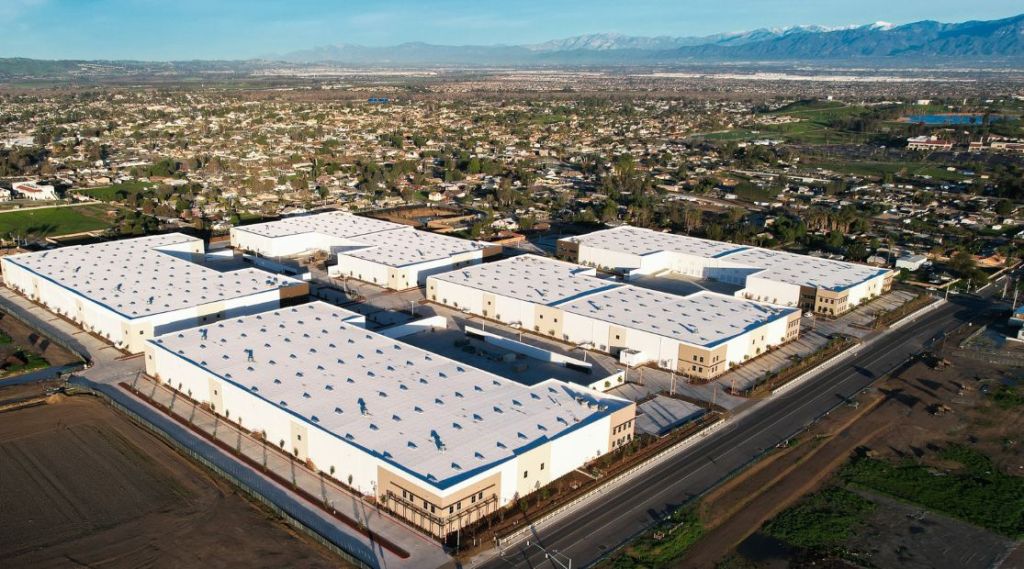
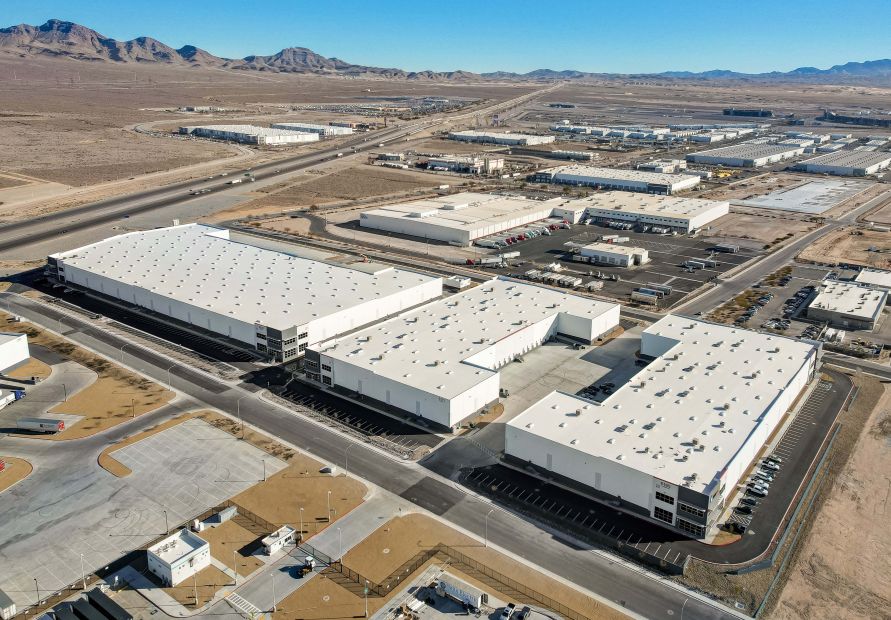
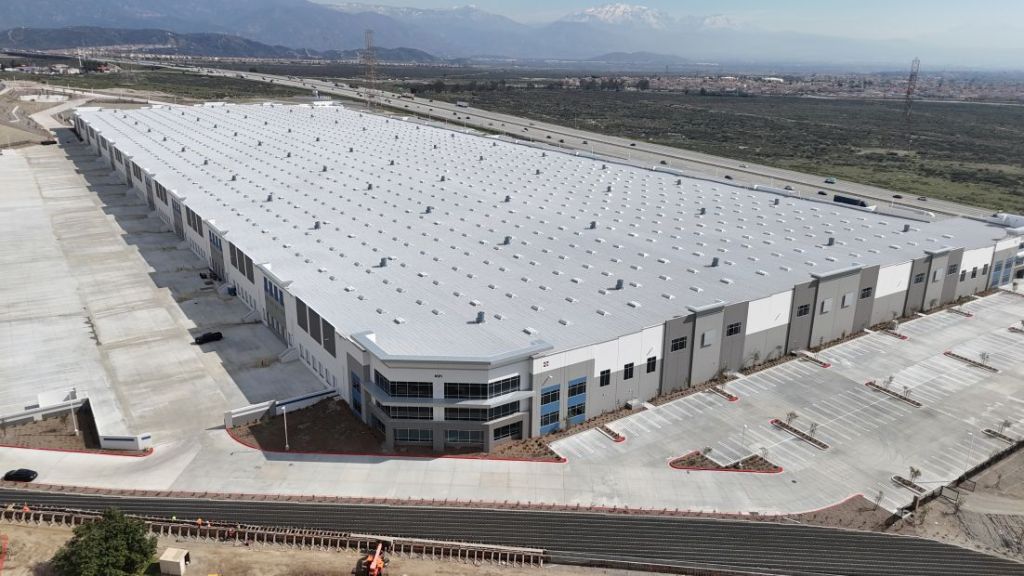
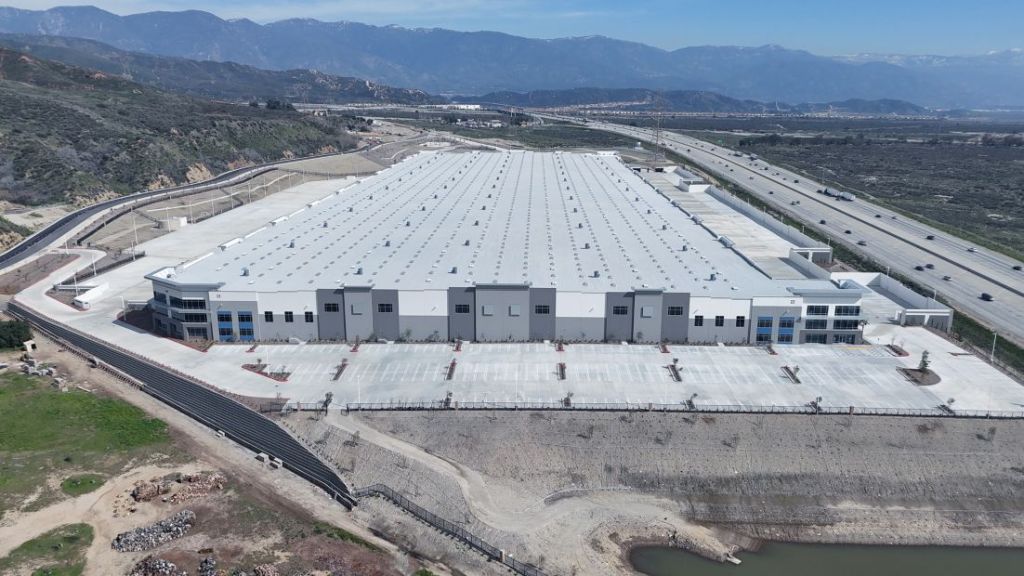
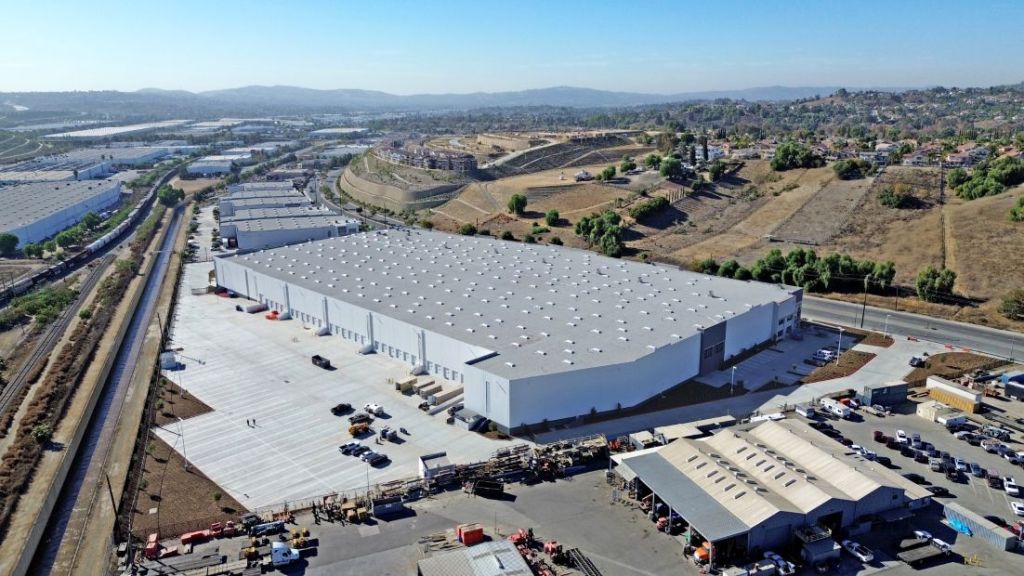

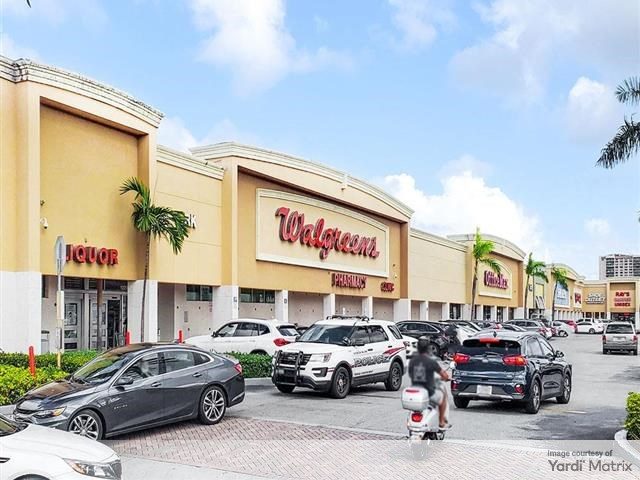
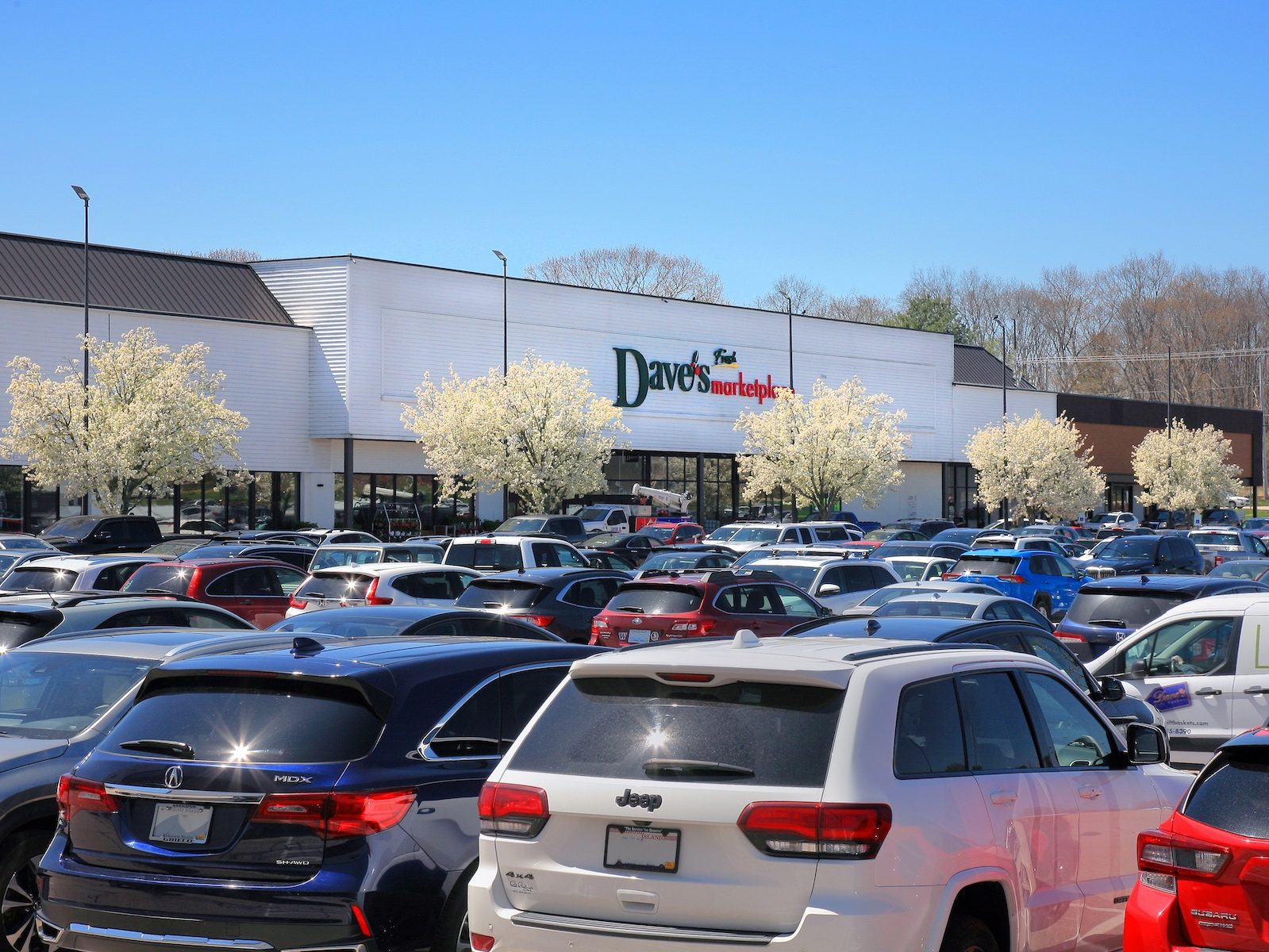
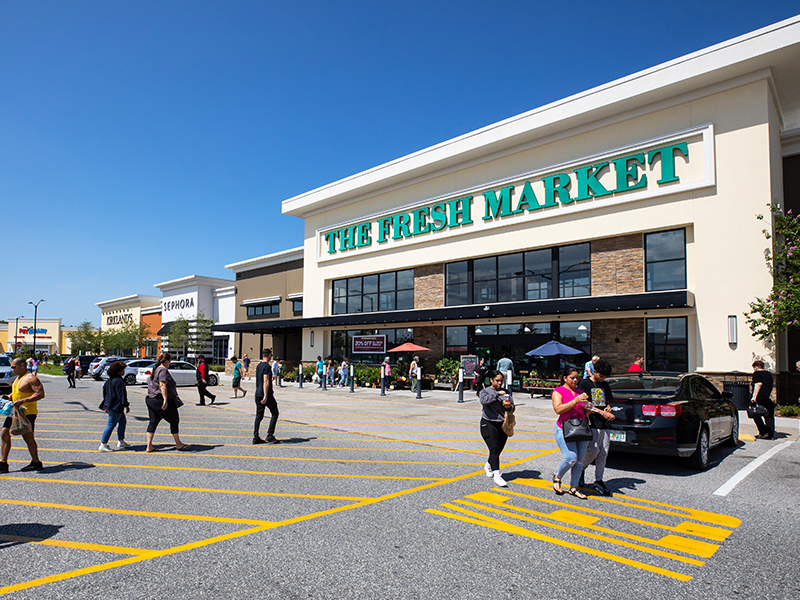

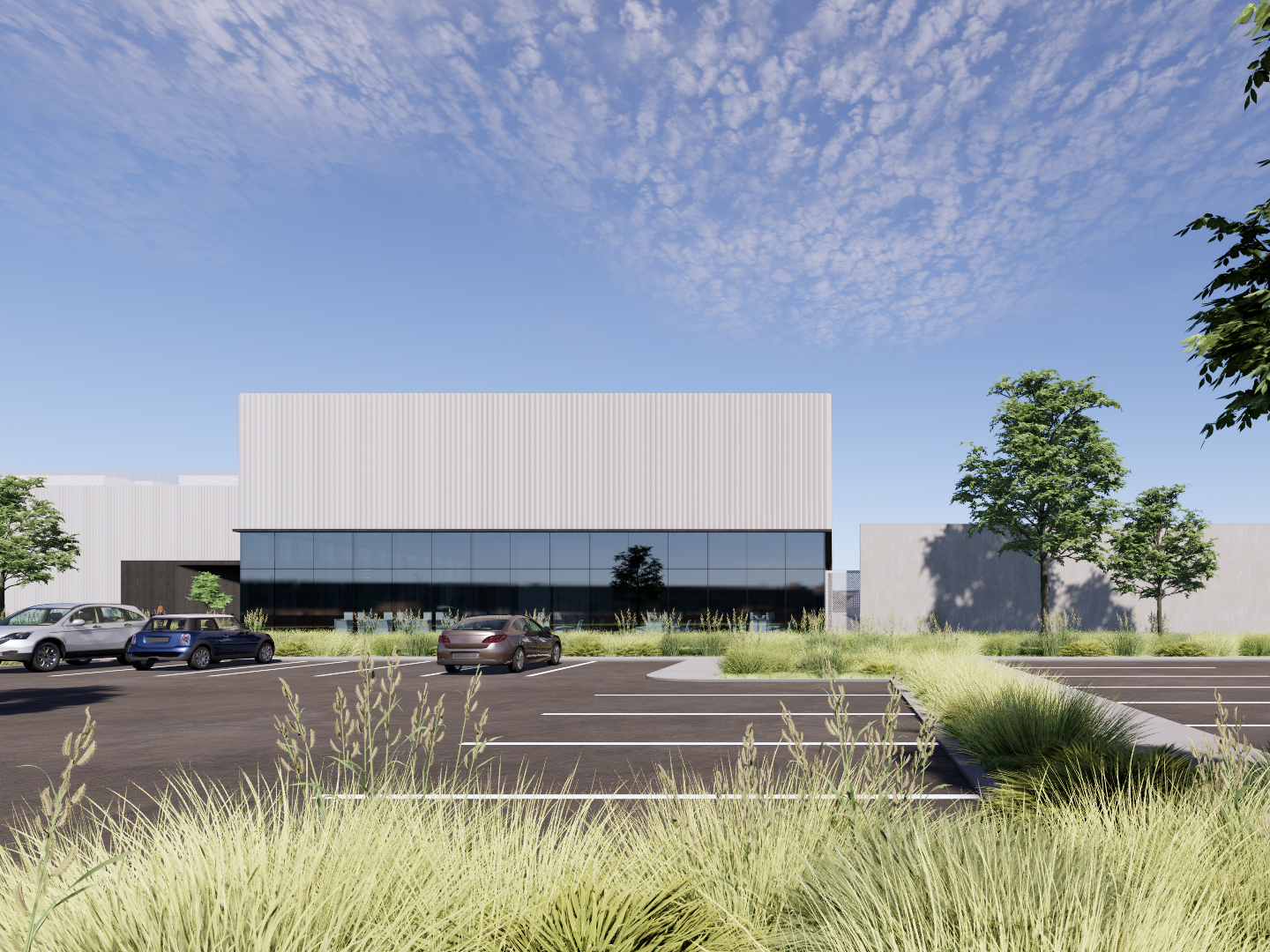
You must be logged in to post a comment.